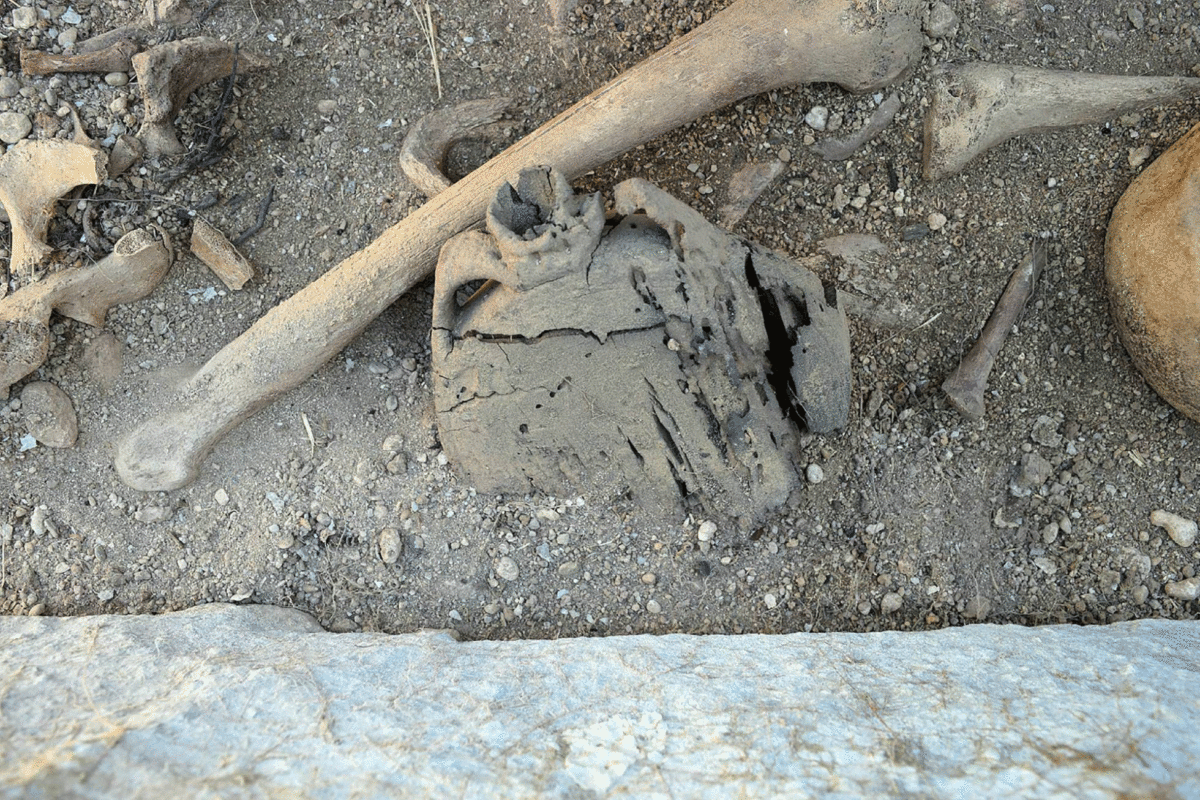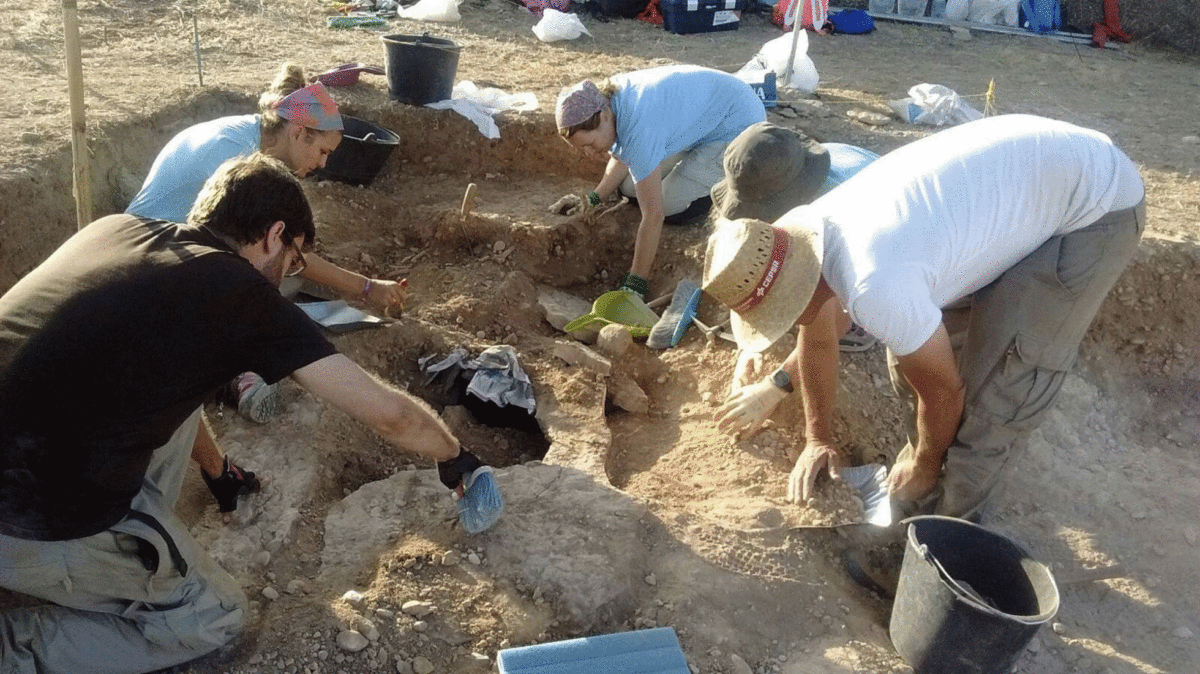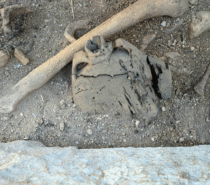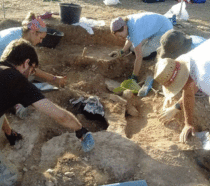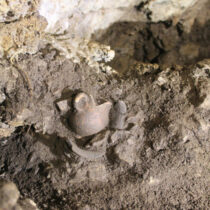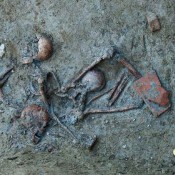Archaeologists in Spain have discovered a burial site dating to the 10th century BCE beneath a Visigoth necropolis.
The discovery was made while specialists were excavating the Visigoth necropolis in Sena, in the northeastern province of Huesca in Spain. The cemetery beneath the cemetery was probably part of the Late Bronze Age Urnfield culture, as is evidenced by two urns and a lid found so far.
According to archaeologist Hugo Chautón, supervisor of the excavation, specialists had indications of some sort of settlement near the Visigoth necropolis, but it turned out that it was underneath it.
The Visigoths invaded the Iberian peninsula after the collapse of the Roman empire. The Urnfield culture spread from central Europe into northeastern Spain at about 1,000 BCE. It signifies the transition from the Bronze Age to the Iron Age, and from burying the dead to cremating them, as the name indicates.
